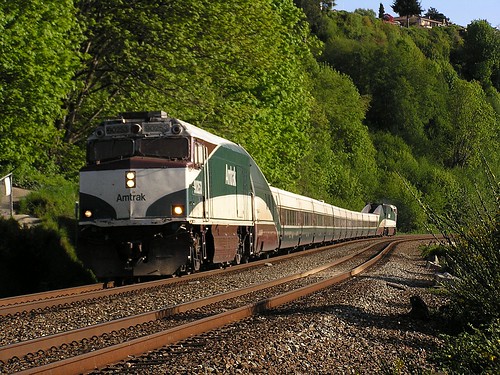 Last Thursday, John McCarron in an op-ed at the Chicago Tribune used the excuse of “skepticism” to trot out slopping thinking and laziness about digging up facts, in Slow down those fast-train dreams
Last Thursday, John McCarron in an op-ed at the Chicago Tribune used the excuse of “skepticism” to trot out slopping thinking and laziness about digging up facts, in Slow down those fast-train dreams
Among many “God, I want to file a bug report” passages in a fairly short piece is:
The purpose of high-speed rail, near as I can tell, is not to ease the daily commute of millions of Chicagoans — we’ll still clank along on what is, in many places, a century-old system — but to rocket a much smaller group of occasional travelers to places like St. Louis, Detroit and Minneapolis at speeds approaching 220 m.p.h. Two hours to St. Louis! All we’ll need is a reason to go there.
So, (1) McCarron frames local transport and regional transport as either/or tasks … we either do one or we do the other. Unlike any other time in our nation’s history, we are unable to address both.
And (2) McCarron likes his opinions unadulturated by fact. The 220mph Express HSR project is in California. The actual projects that the states of Illinois, Missouri, Michigan, Indiana and Ohio are requesting funding for are in the “Emerging HSR” tier of HSR … trains running at 110mph.

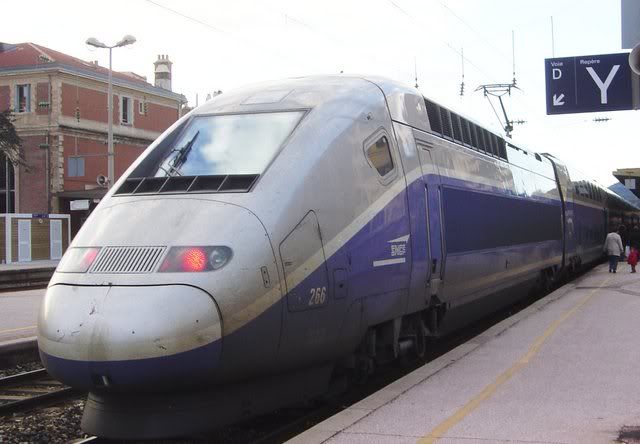 Perhaps there is a recipe for being “provocative” when you do not, after all, want to depart from the economic mainstream – despite the radical incapacities that have come to prominence in the last year – and do not want to upset powerful vested interests.
Perhaps there is a recipe for being “provocative” when you do not, after all, want to depart from the economic mainstream – despite the radical incapacities that have come to prominence in the last year – and do not want to upset powerful vested interests. Dan Walters
Dan Walters  This last weekend I wrote up a
This last weekend I wrote up a  … A Four Step Program
… A Four Step Program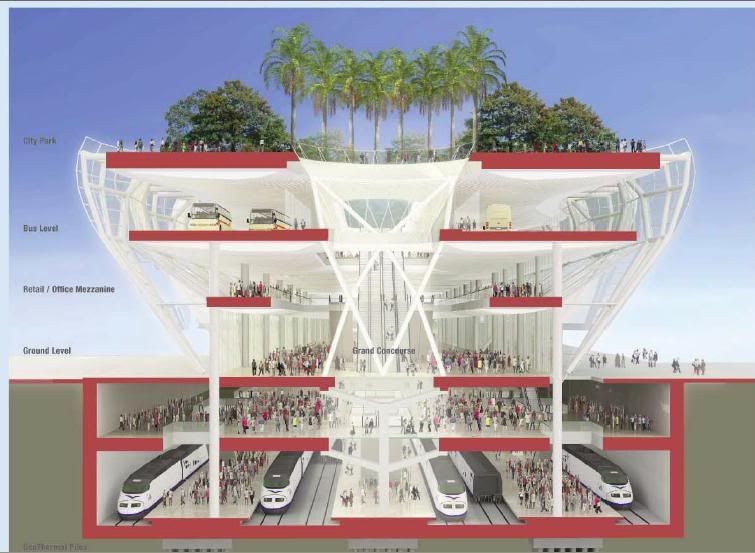 In
In  This is “part 2” of
This is “part 2” of 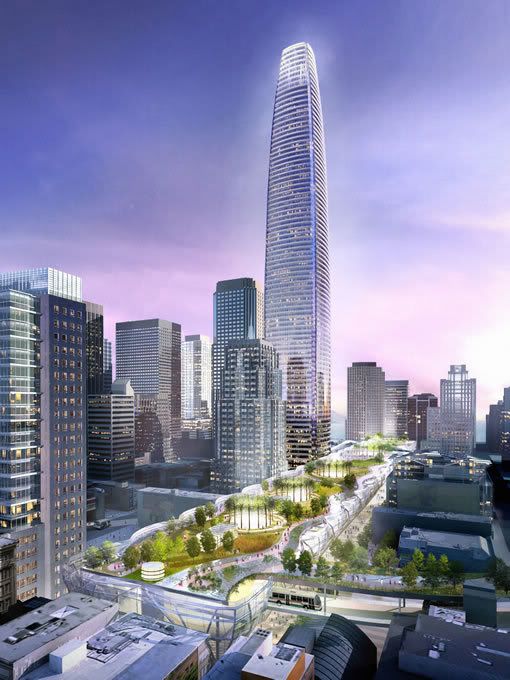
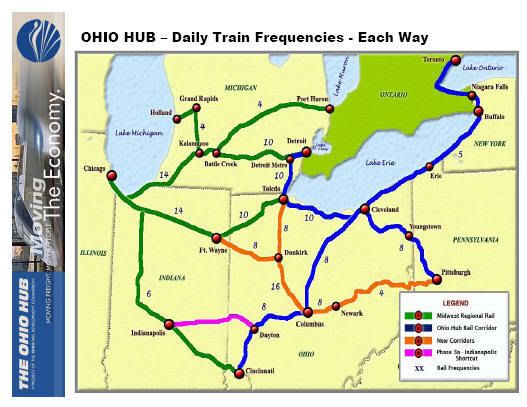

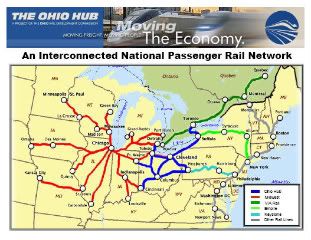 For the last eight years, development of Energy Independent transport has been faced with a dog-in-the-manger administration fighting furiously to move forward into Cartopian vision of endless crude oil fueling endless road works so people can drive endless hours to actually get wherever they need to go to do whatever it is they need to do.
For the last eight years, development of Energy Independent transport has been faced with a dog-in-the-manger administration fighting furiously to move forward into Cartopian vision of endless crude oil fueling endless road works so people can drive endless hours to actually get wherever they need to go to do whatever it is they need to do.